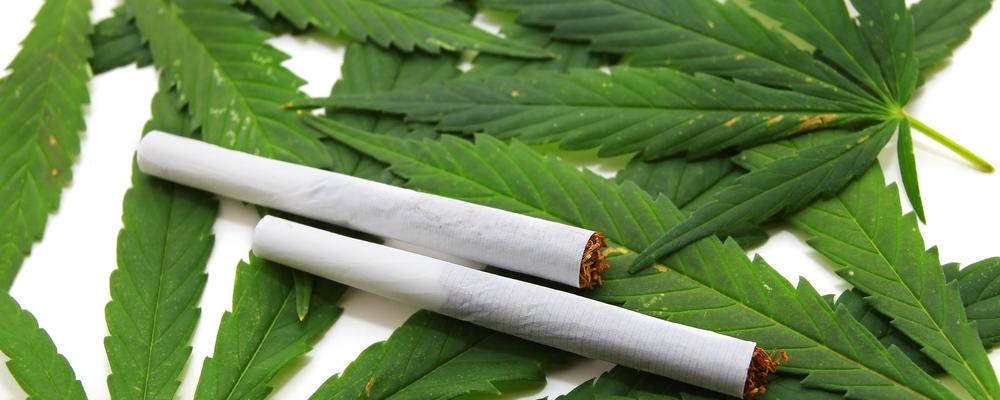
Cannabis is riding high – won’t someone please think of the children?
Magnus Landgren's latest blog entry
[Posted on 9 October, 2018 by Magnus Landgren]
Prime minister Justin Trudeau delivered on one of his campaign promises in June 2018 by legalising the use of cannabis in Canada. Canadian cannabis company Aurora has seen its stock rise steadily ever since, and is expected to eventually expand to the European market. Global beer and soda companies are also eyeing the lucrative opportunities that this growing market could bring in the near future.
Allow science to play spoiler and rein in this unbridled optimism by presenting a few inconvenient and sobering truths.
We humans have both receptors and endogenous production of substances that we call cannabinoids: the endocannabinoid system. The plant Cannabis sativa, more commonly known as hemp, gives off so-called phyto-cannabinoids that can be extracted from seeds, sap, leaves, etc. In the meantime, chemists have learned to produce so-called synthetic cannabinoids (called Spice on the illegal market). This is comparable to the relationship between endorphin – another endogenous substance – and opium poppy, from which we make morphine and codeine. Examples of synthetic opiates include methadone (Dolophine) and pethidine (Demerol).
The endocannabinoid system exists within us from the very beginning, specifically from the time that the nervous system begins to form inside the embryo (three weeks after fertilisation), and it affects the brain’s development in many ways. Teratology is the science of inborn abnormalities and malformations, and one of its many areas of research is examining the effects of cannabis on unborn foetuses during pregnancy.
Nowadays, medical prescription of cannabis is allowed in Sweden, given certain indications. There is scientific evidence supporting the prescription of cannabis for some kinds of pain, spasticity and nausea.
In 2016, using the same type of animal models used for researching alcohol damage, researchers were able to demonstrate that synthetic cannabinoids inflict the same kind of brain damage as alcohol and that there is a dose-response relationship. What this means is simply that the higher the dose, the greater the damage. When I saw a draft of that particular article a few years ago on a lab desk in Chapel Hill, North Carolina, one of the authors commented that they had found data indicating that alcohol and cannabinoids have mutually amplifying damaging effects.
The concentration of cannabinoids in cultivated hemp has tripled between 1995 and 2014, from about 4% to 12%.
Studies have shown a correlation between foetal exposure to marijuana and impairments in executive, memory and impulse control functions during the school years.
An article on the trends in American cannabis use claimed that around 4% of pregnant women reported cannabis use in the last month.
This means that “recreational use”, as it is so blithely called, will have negative consequences for the next generation.
Chicago paediatrician Ira Chasnoff, who has specialised for many years in clinical research and followed children with prenatal exposure to drugs, recommended in a “Clinical opinion” in the American Journal of Obstetrics and Gynecology in January of 2017 that all legislation concerning medical cannabis prescription should entail: 1) educating the general public, people within the profession, and lawyers about the consequences of prenatal exposure, 2) providing information materials wherever cannabis is prescribed, 3) that prescribing doctors be given continuous medical education on the effects of marijuana during pregnancy, 4) creating guidelines to make sure that “pregnancy and cannabis” is addressed whenever prescribing cannabis to women of fertile ages.
Nora Volkow from the National Institutes of Health followed up with a Viewpoint in JAMA where she referred to the advice of the Society of OB/GYN Hospitalists:
“Pregnant women and those considering becoming pregnant should be advised to avoid using marijuana or other cannabinoids either recreationally or to treat their nausea.”
[This is a blog. The purpose of the blog is to provide information and raise awareness concerning important issues. All views and opinions expressed are those of the writer and not necessarily shared by the GNC.]